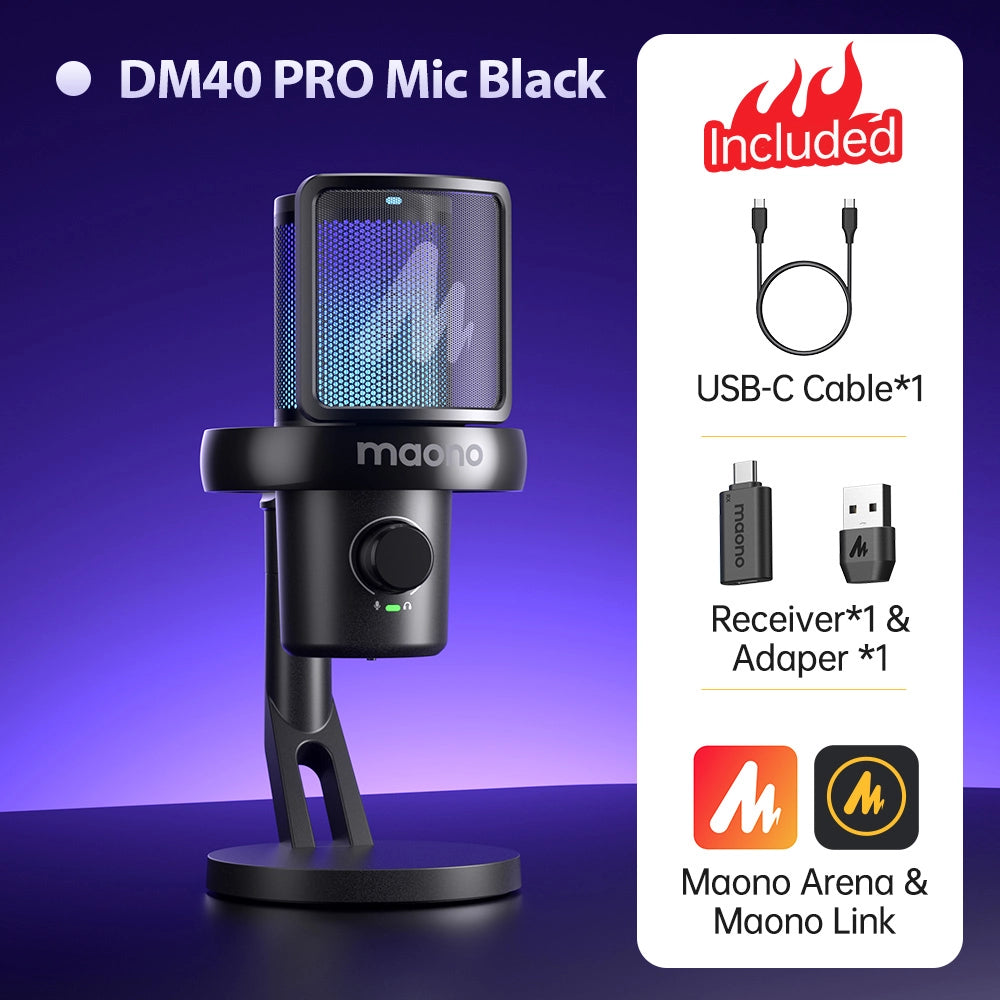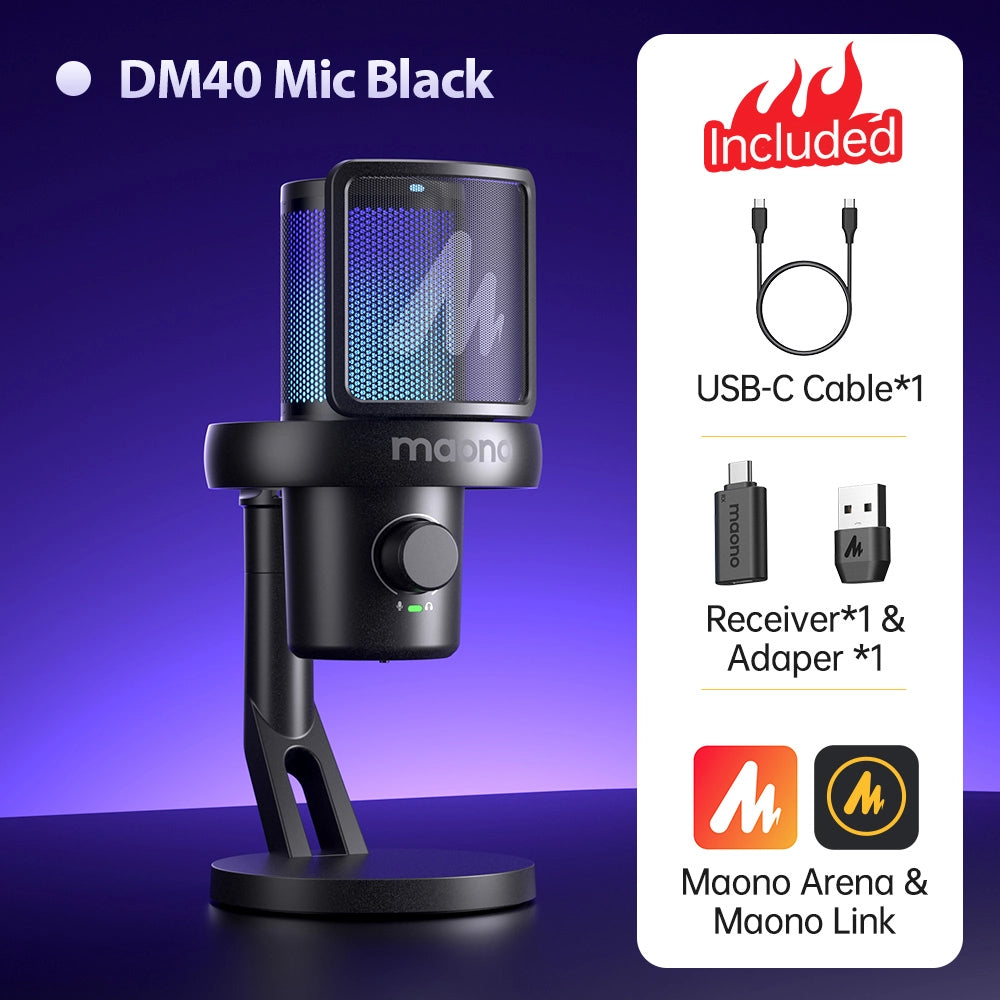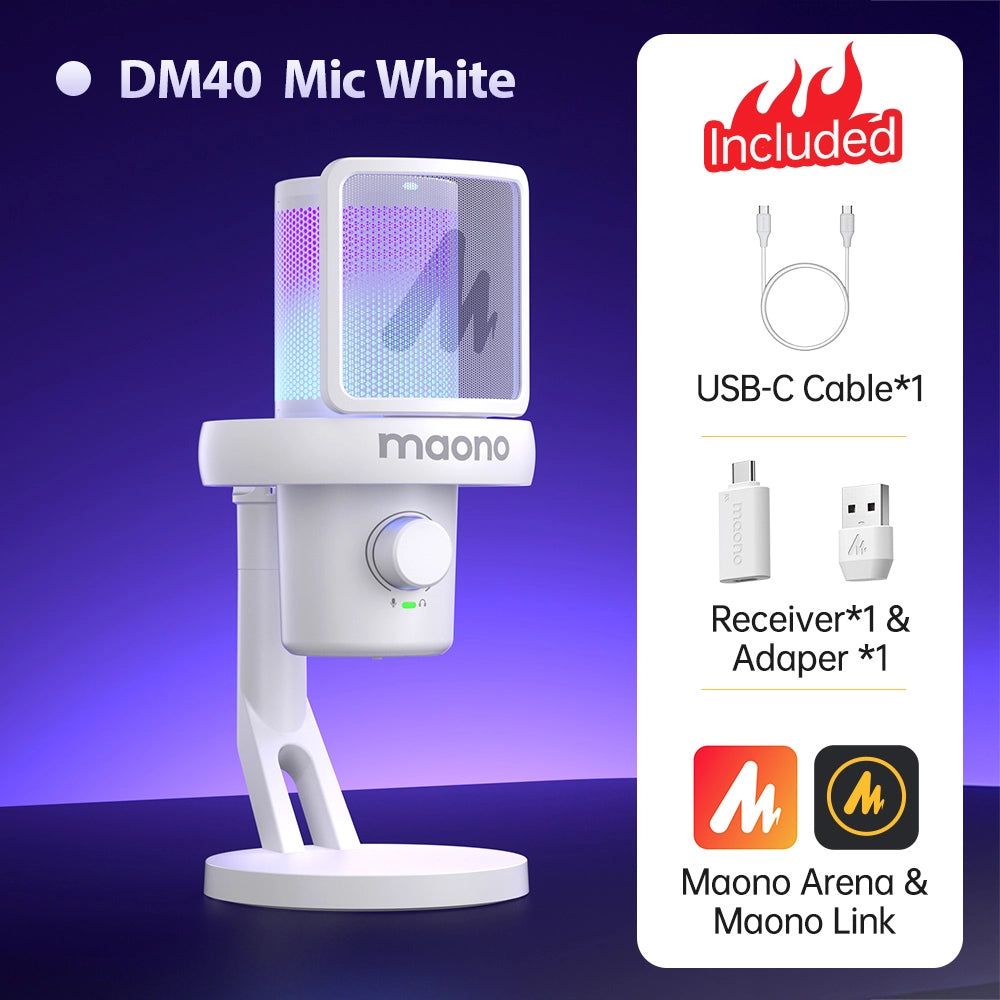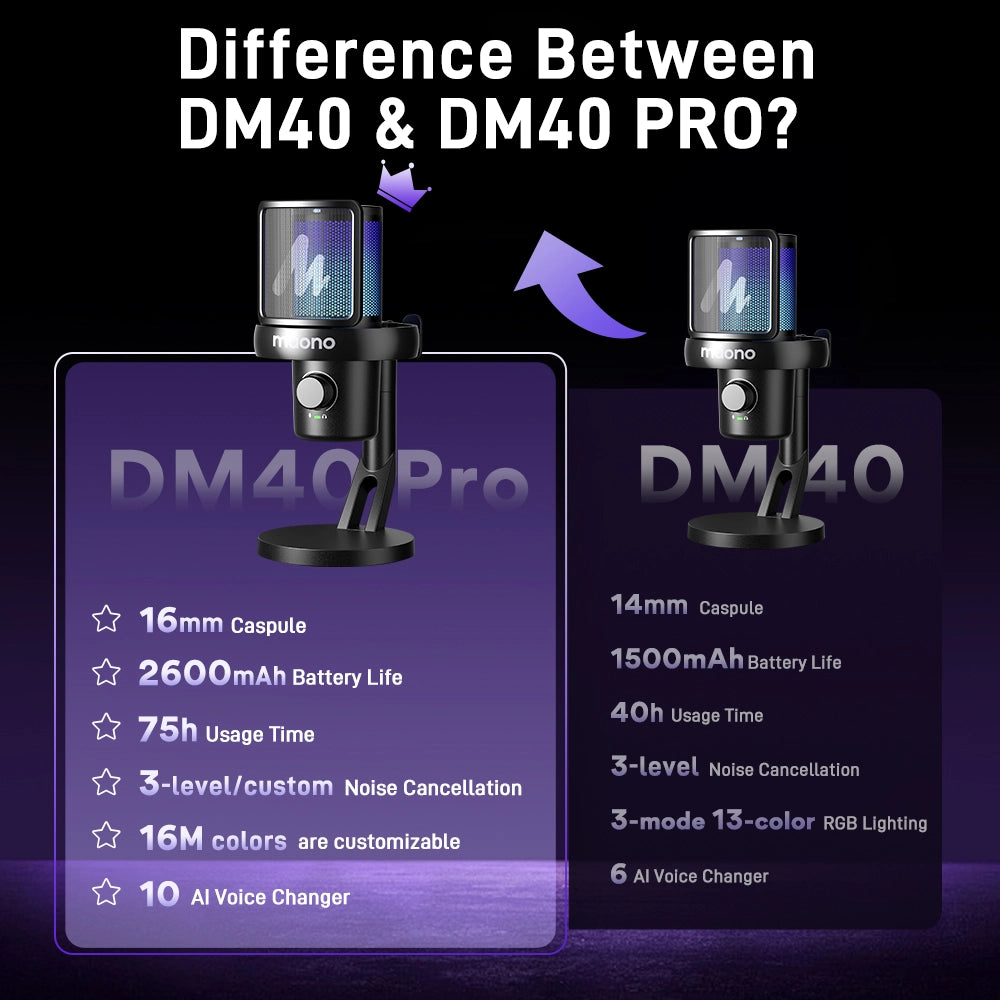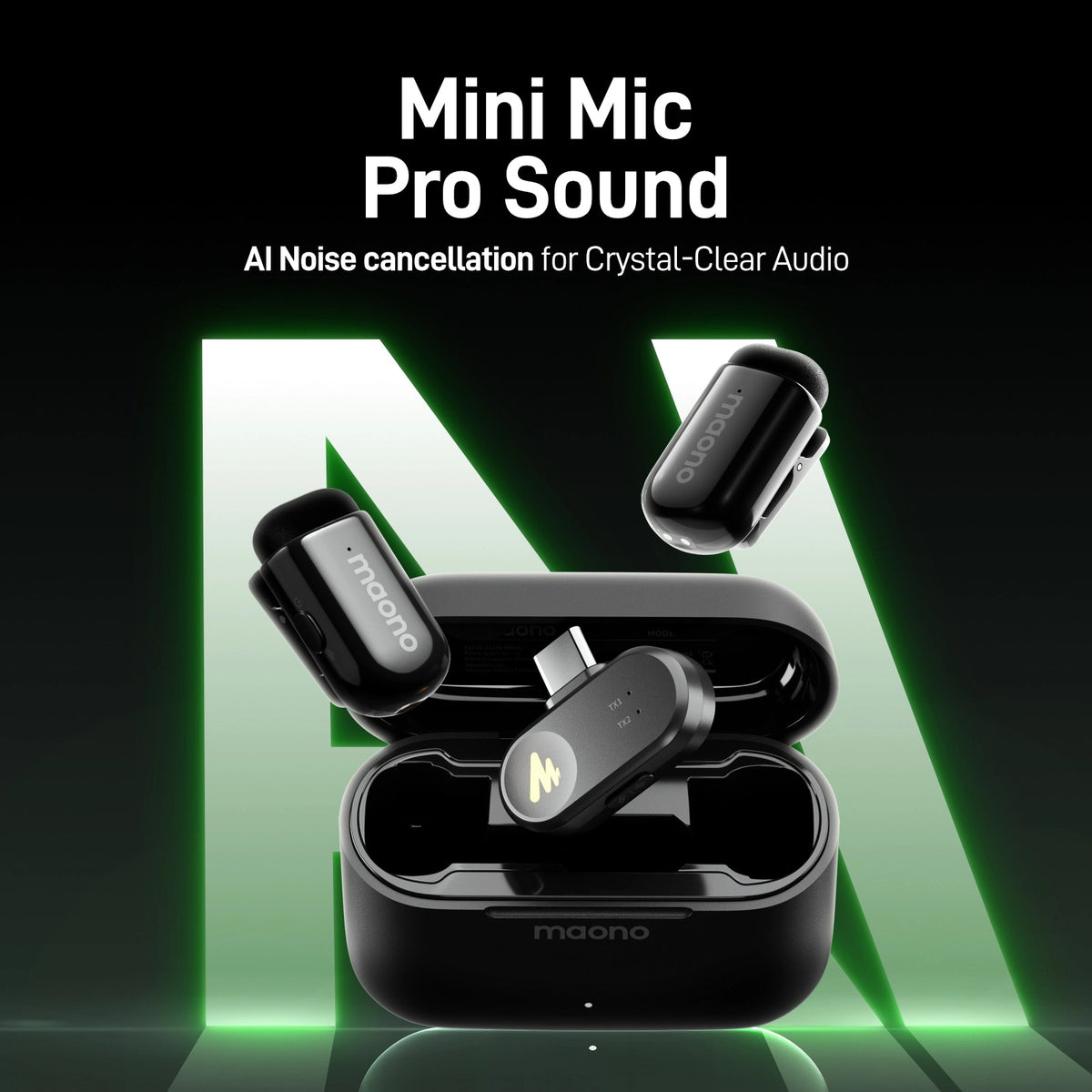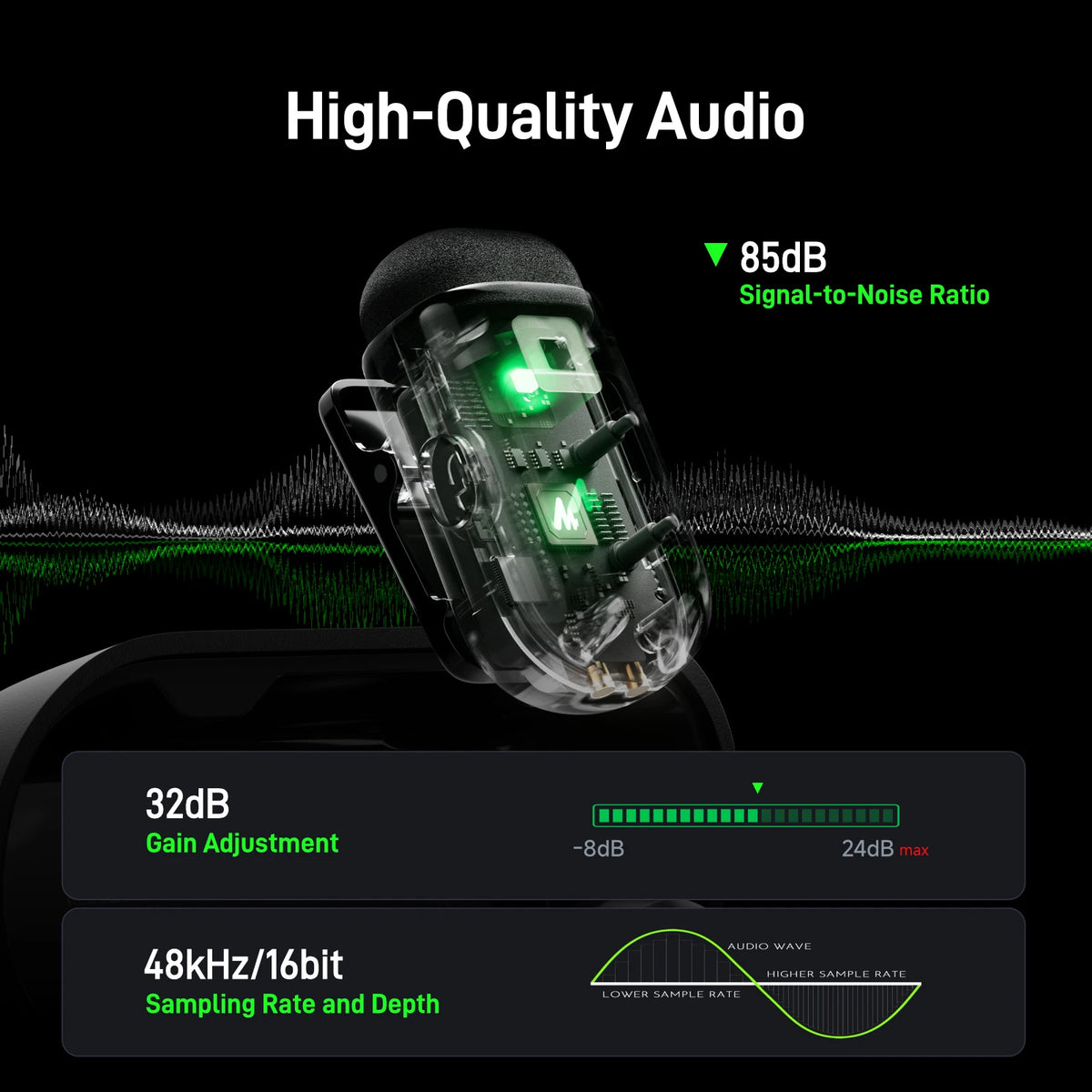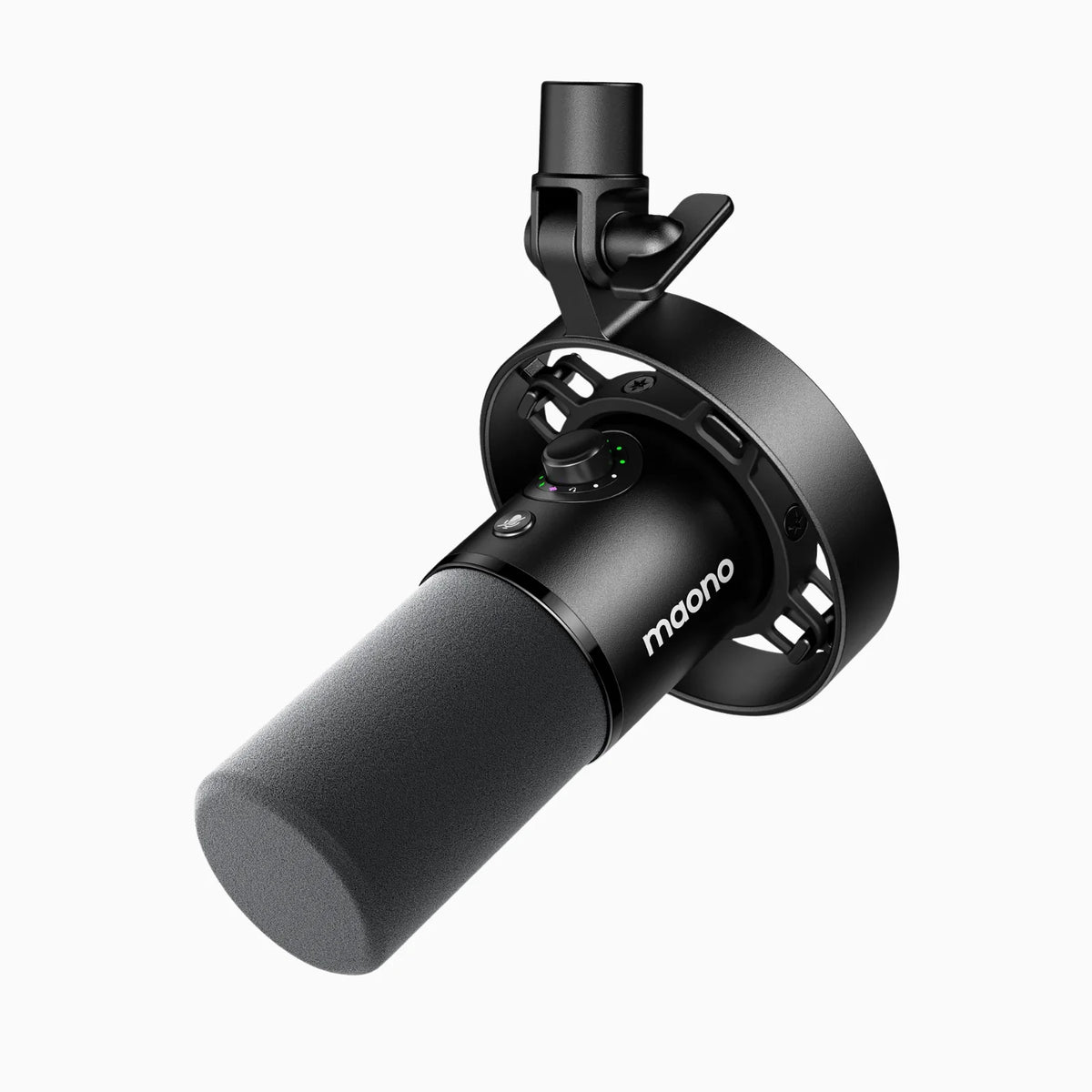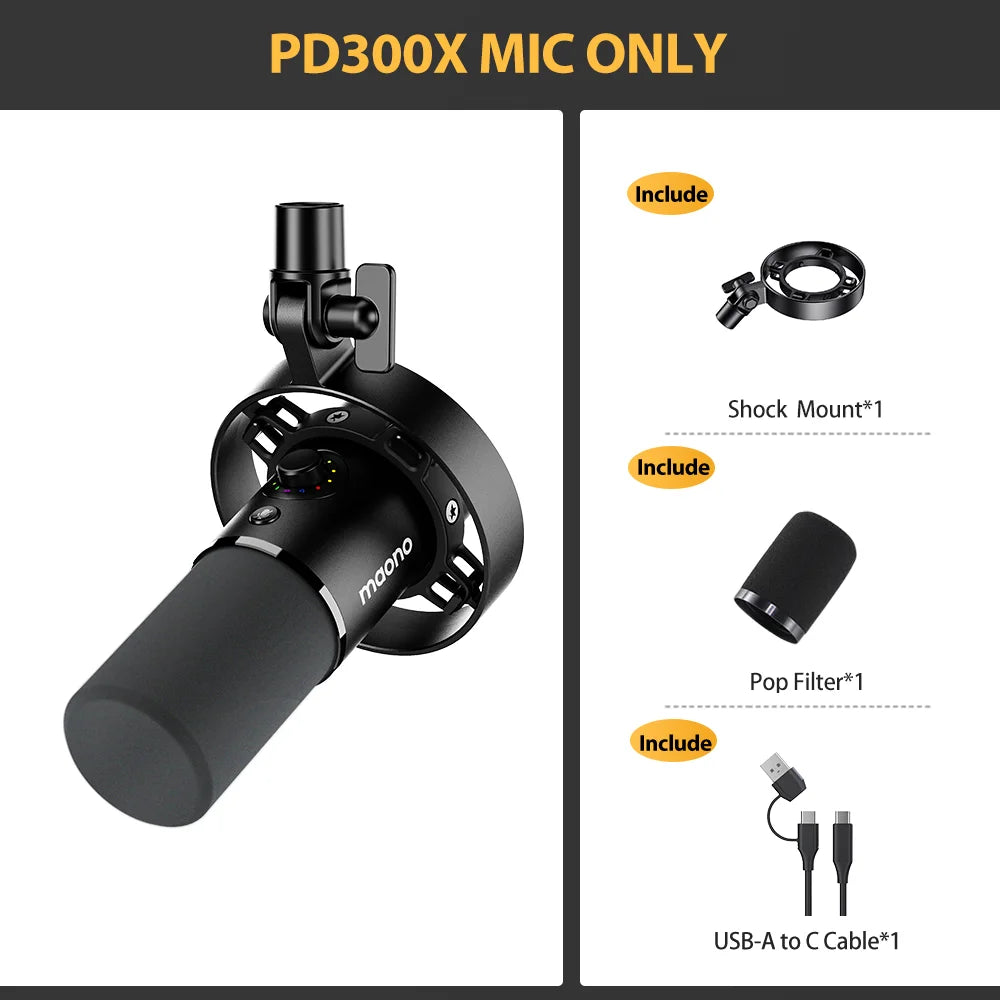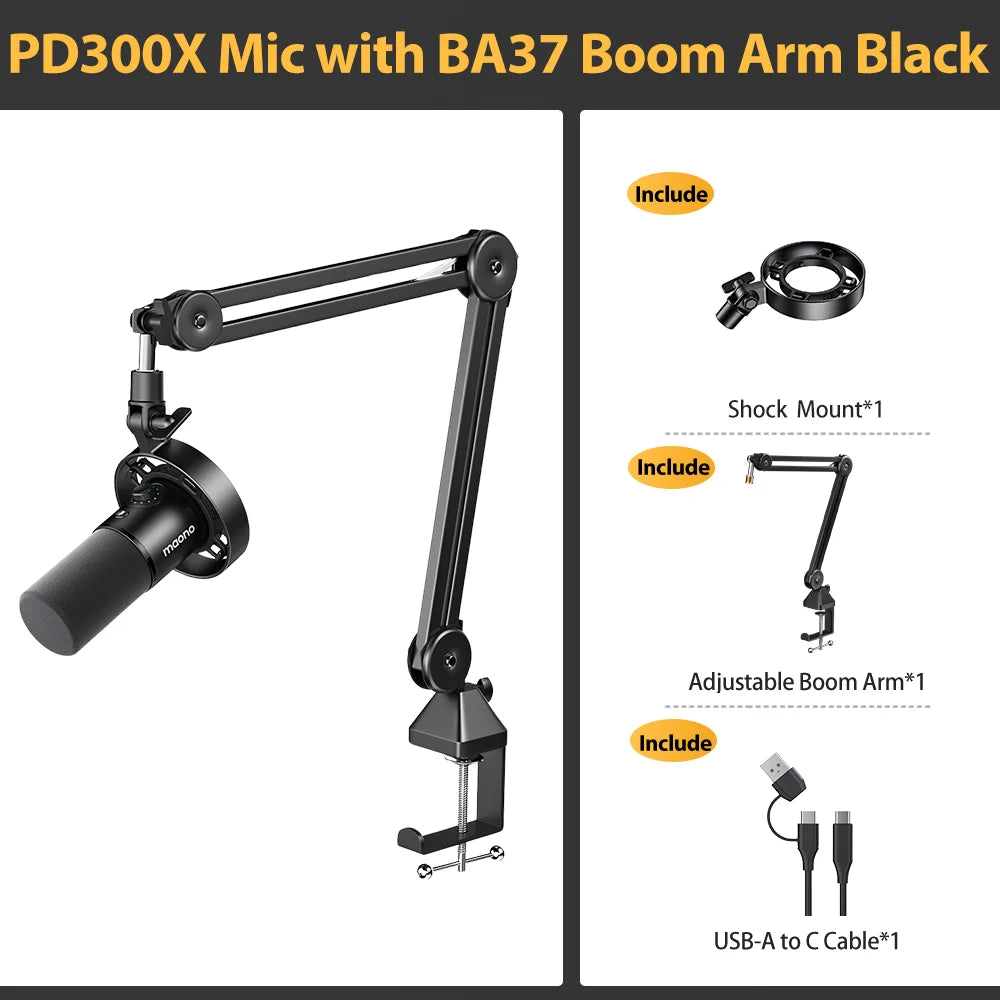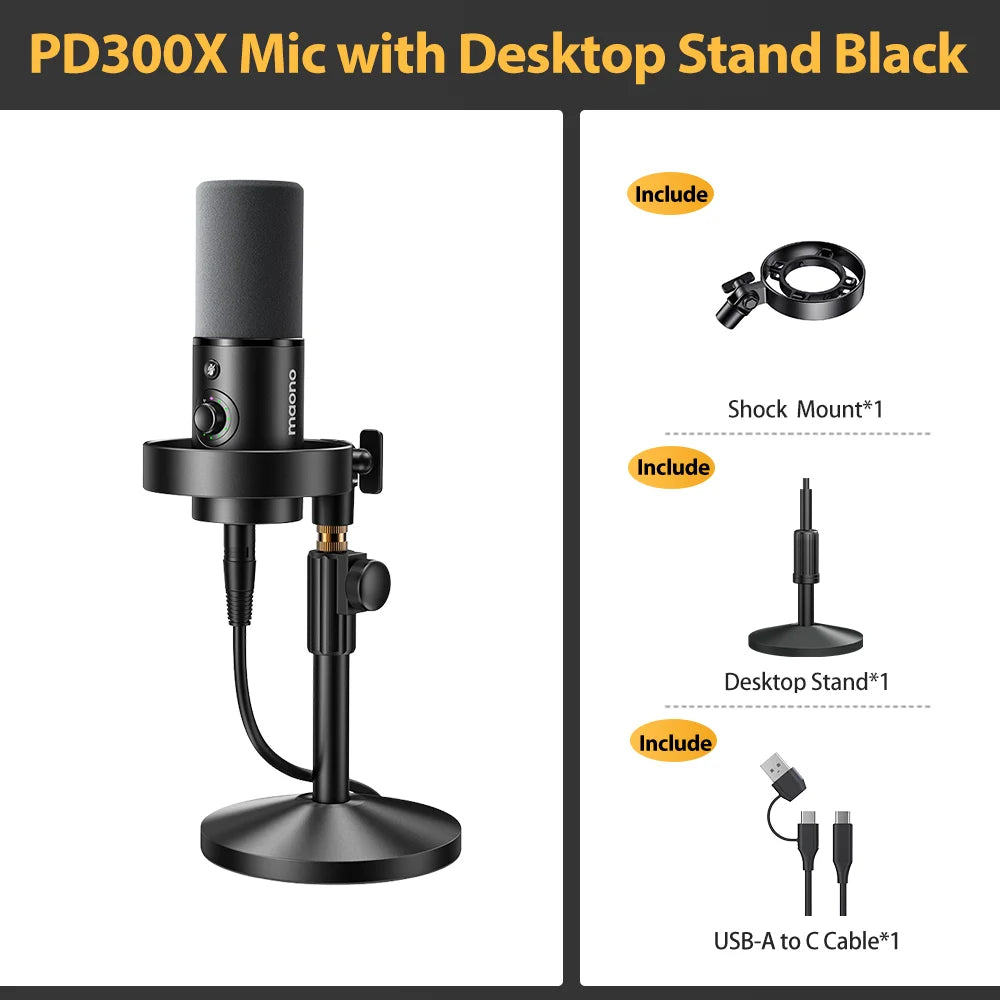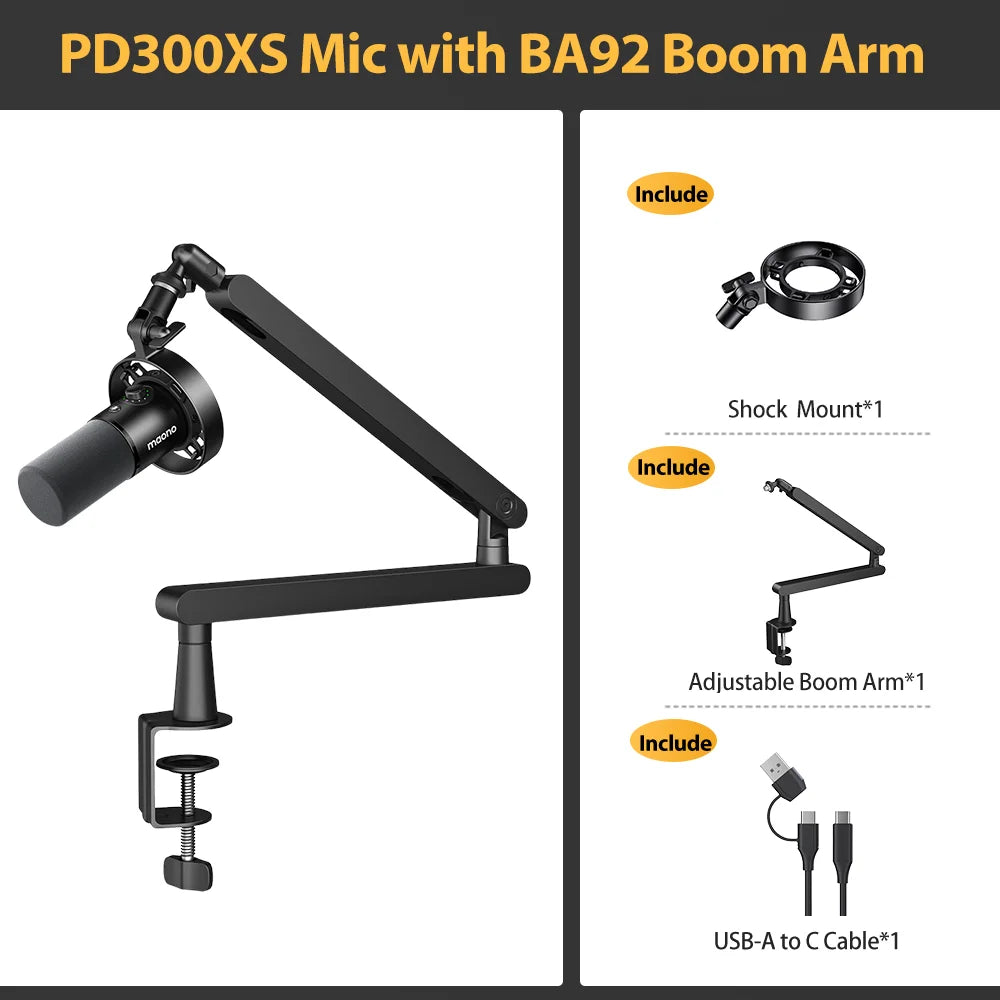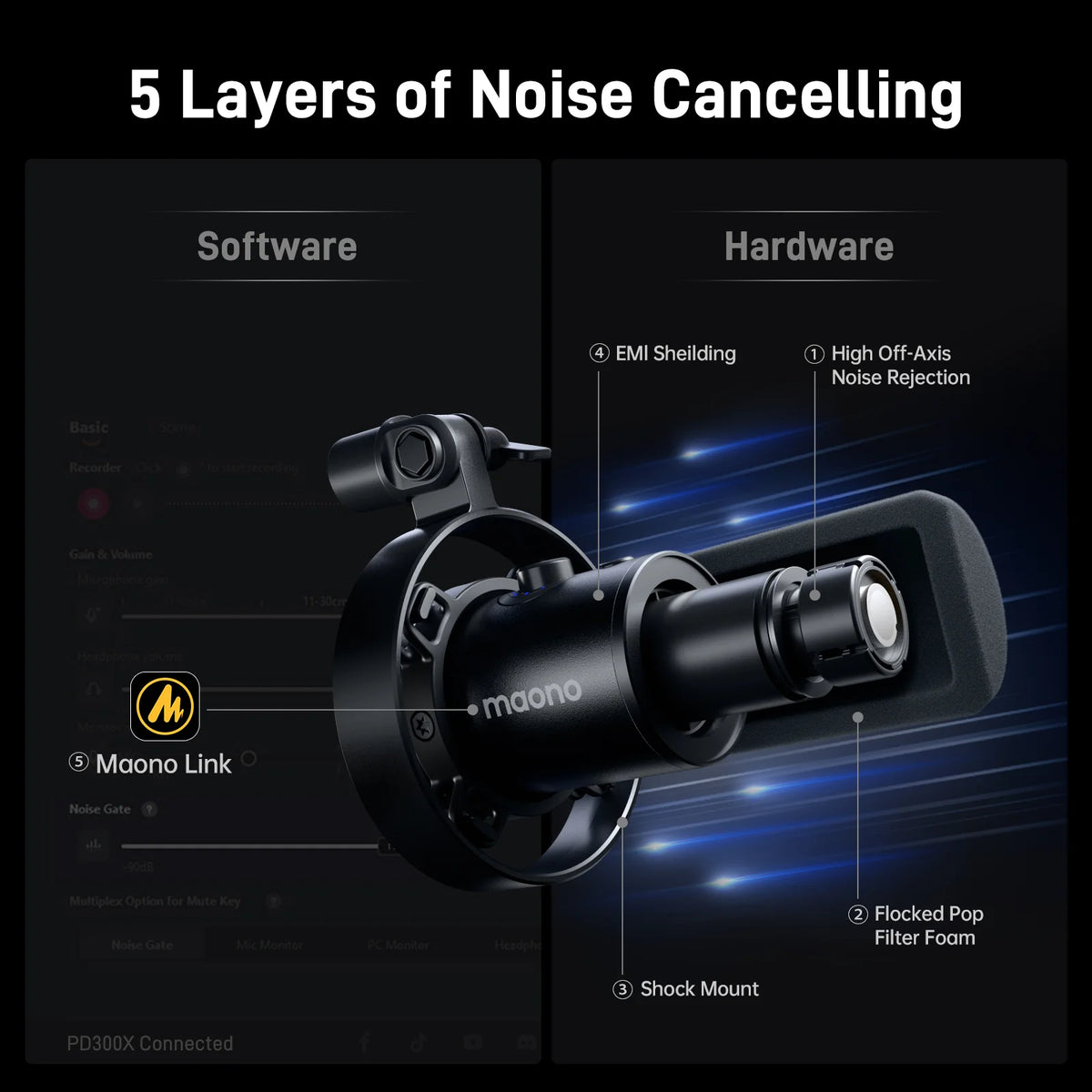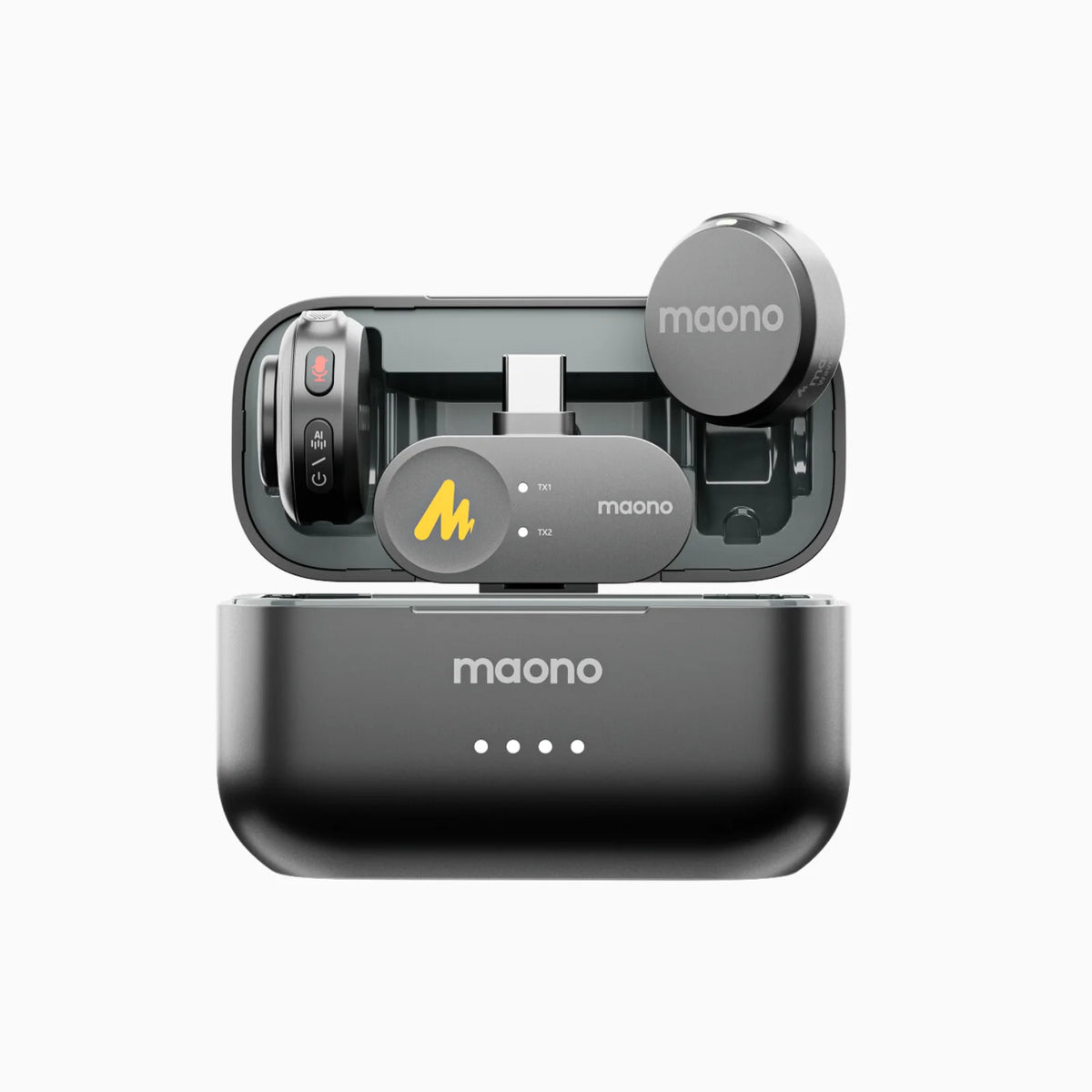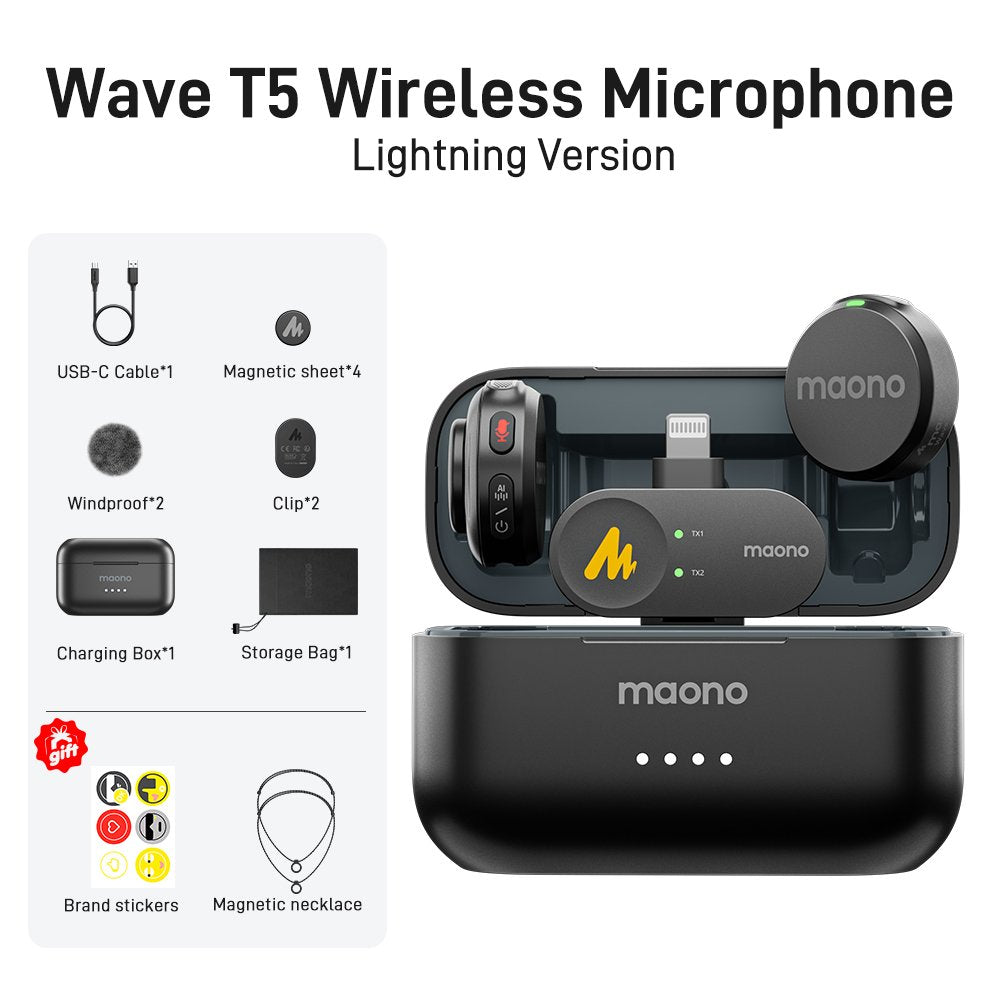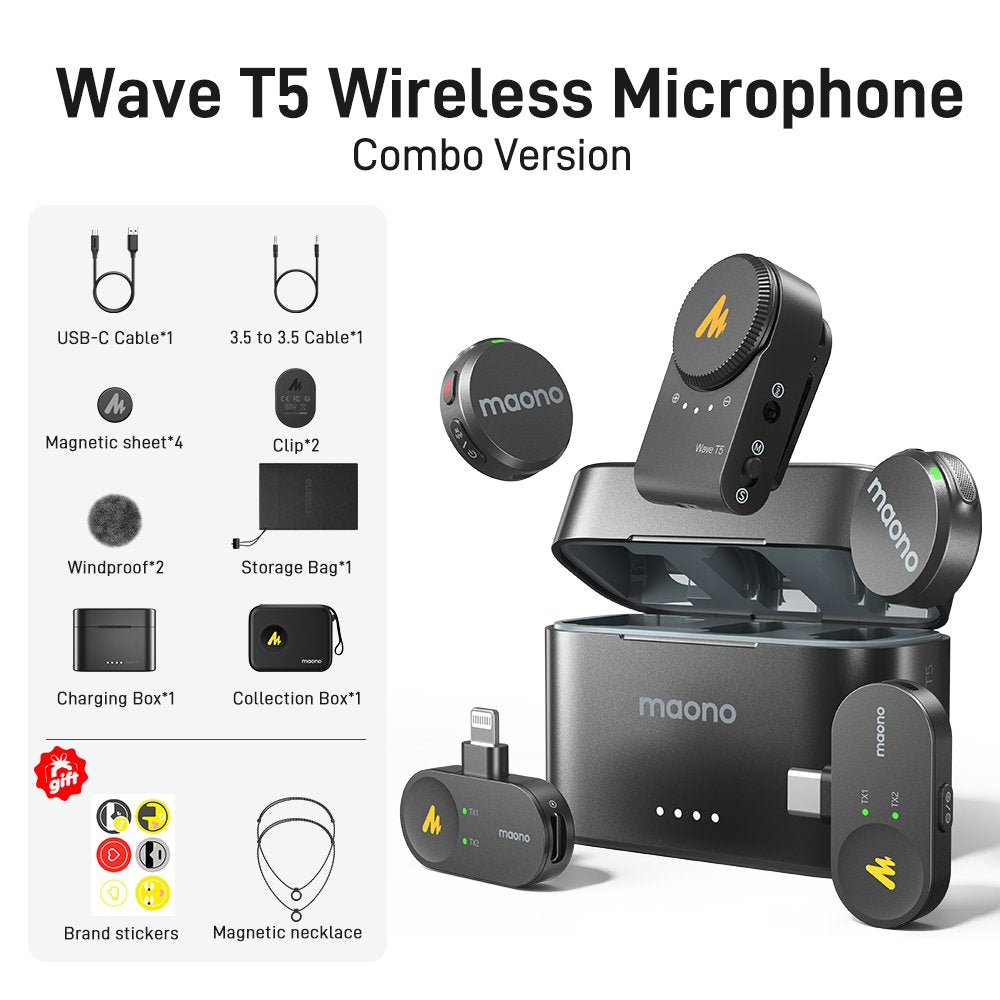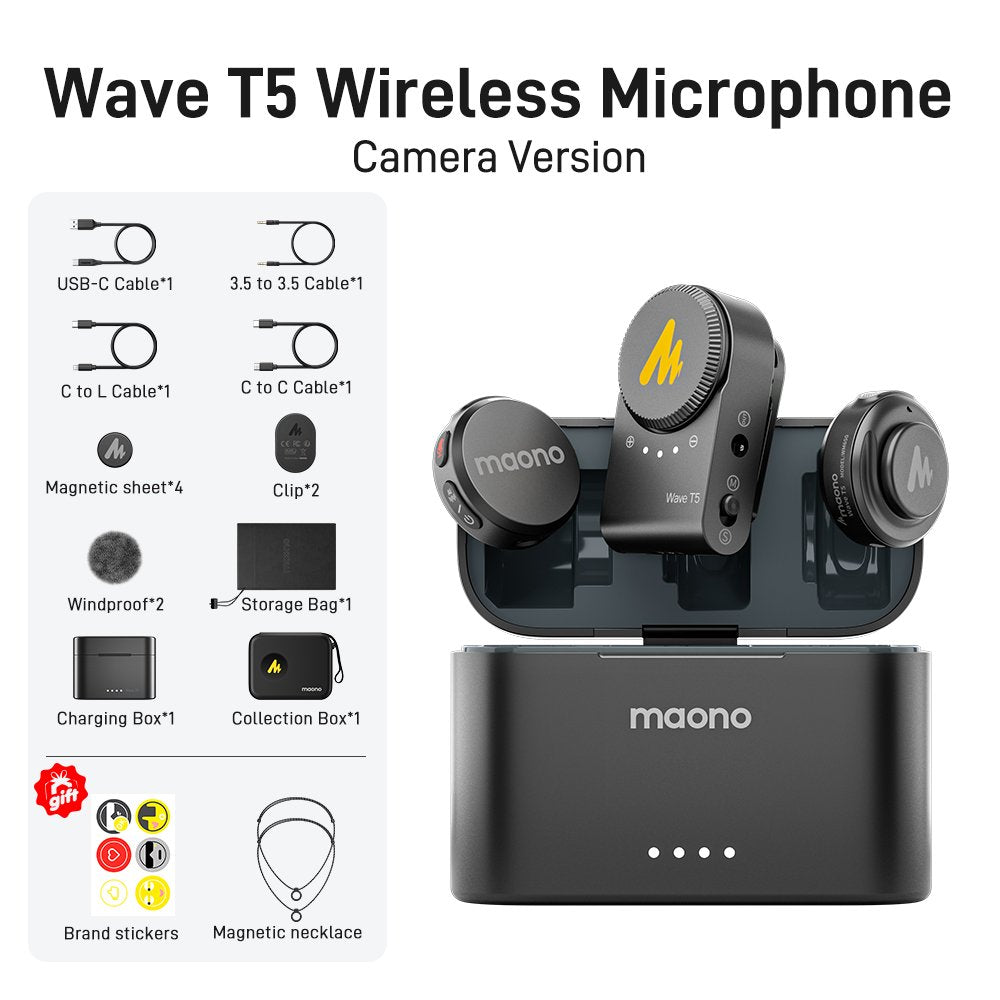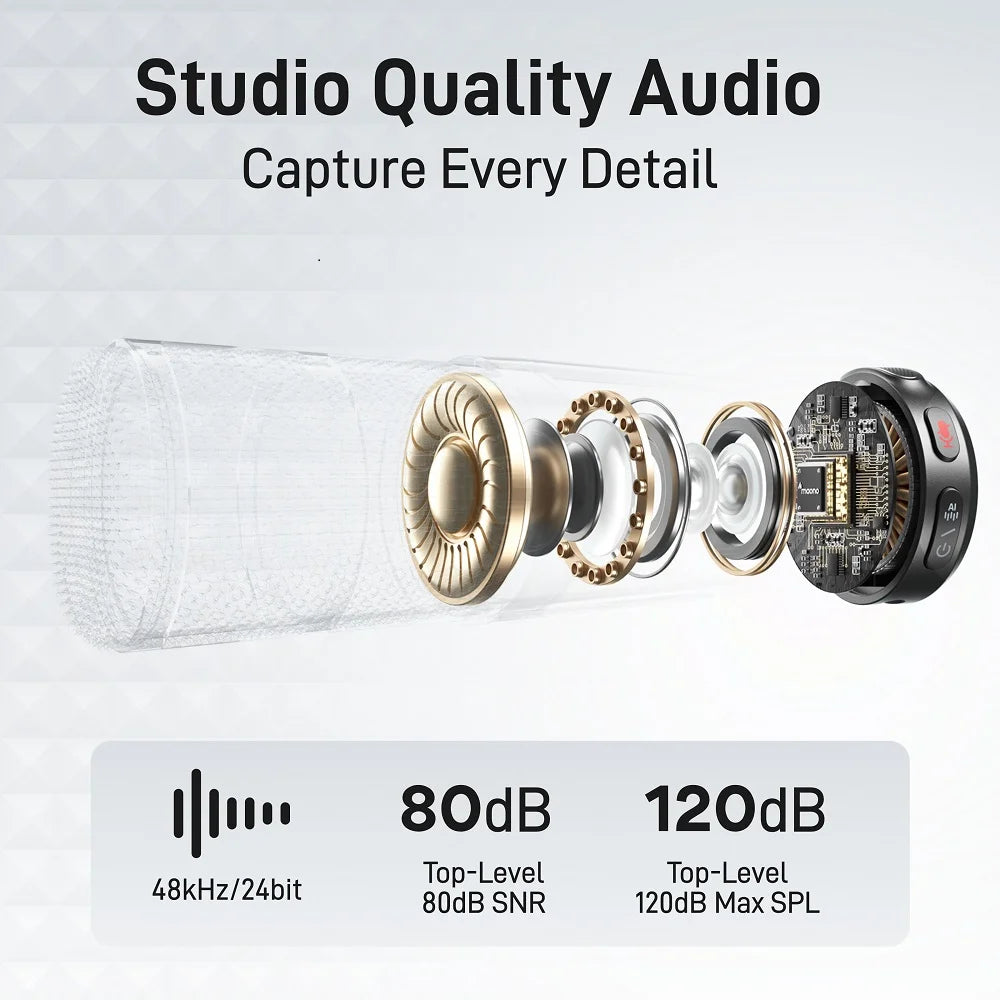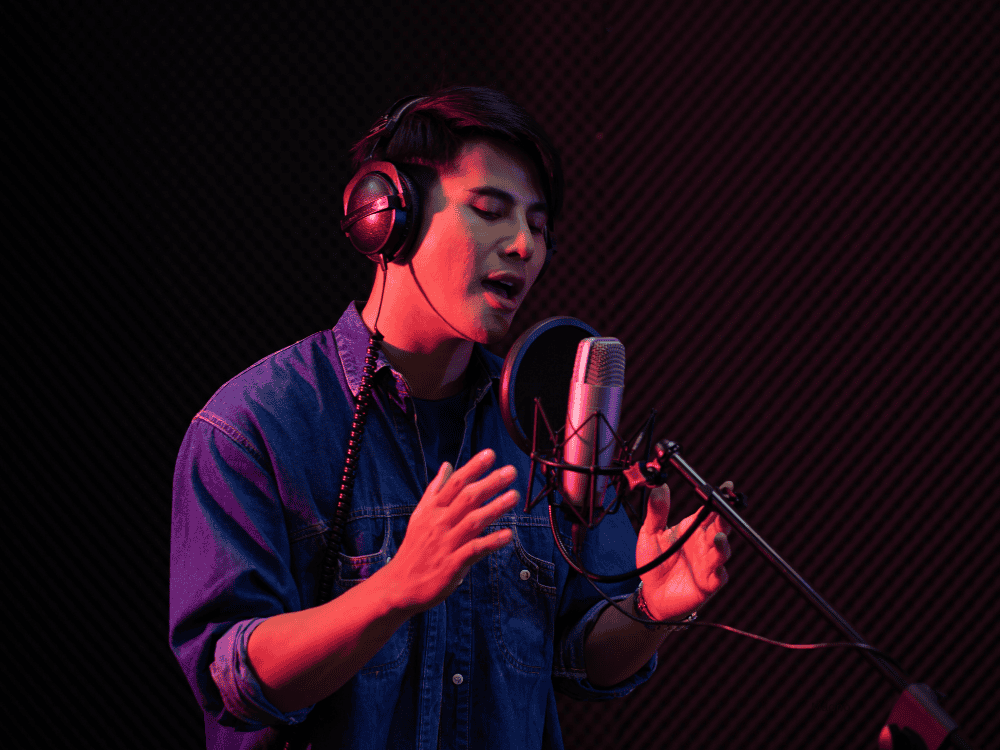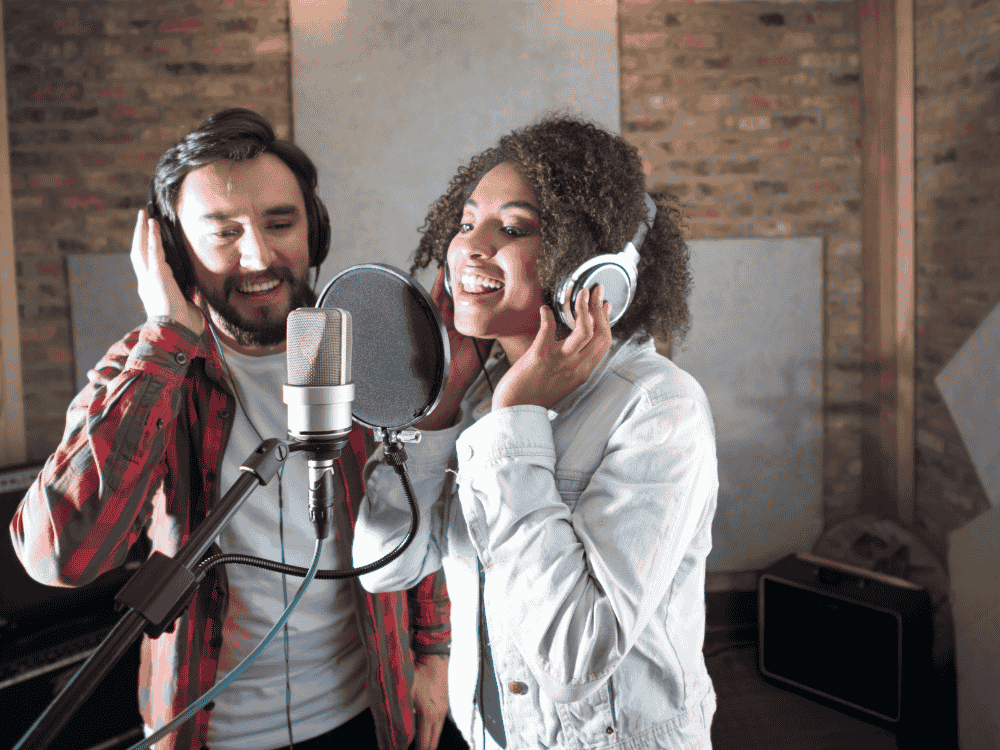Microphones are essential tools for capturing sound, whether you’re recording a podcast, streaming on Twitch, or creating music. But when choosing a microphone for your recording setup, the question often arises: should you go with an XLR microphone or a USB microphone?
Most professional singers use XLR microphones over USB microphones for singing and recording. The reason for this is simply because their recording setup requires more flexibility and higher sound quality, which the XLR mic provides. Remember that generally, a USB microphone can only be plugged into a computer, but an XLR microphone requires an audio interface or a mixer, and it can be used with a wide range of studio and stage equipment such as mixers and amplifiers, etc.
Both types of microphones (XLR vs USB microphone) are popular in the world of audio recording, but each has its advantages and disadvantages. In this article, we’ll break down the key differences between XLR and USB microphones, explore which is best for singing and other specific needs, and help you decide which is right for your recording needs.
What’s the Difference Between an XLR Microphone and a USB Microphone?
The primary distinction between XLR and USB microphones lies in their connection method and the kind of equipment required to operate them.
- XLR microphones use a three-pin connector that requires an external audio interface or mixer to convert the analog signal into a digital signal that can be recorded by a computer or other recording devices.
- USB microphones, on the other hand, plug directly into a computer’s USB port, converting the analog signal to digital inside the mic itself. This makes USB mics more plug-and-play and easier for beginners to use.
While both can deliver excellent sound quality, their setups, applications, and audio fidelity differ significantly.
Is an XLR Microphone Better than a USB Microphone for Singing?
When it comes to singing, XLR microphones generally offer versatility, customization, and better sound quality, especially if you’re serious about your craft. XLR mics are typically used in professional settings due to their ability to capture a wider range of frequencies and produce more nuanced audio. The quality of the mic, paired with a good audio interface, can create a more detailed, warm, and polished recording—qualities that are essential for vocal performances. Also, the microphone XLR connector is the standard in the industry, ensuring reliable and high-quality sound transmission.
However, USB microphones can also be suitable for singing if you’re working within the constraints of a simple setup and a budget. While USB mics don’t have the same level of audio fidelity as high-end XLR mics, some models still deliver a surprisingly good recording quality for casual or entry-level projects.
Advantages and Disadvantages of Using an XLR Microphone for Singing
Advantages:
- Higher Audio Quality: XLR microphones tend to offer more detailed and accurate sound reproduction, which is crucial for capturing the subtlety and warmth of vocals.
- Better for Professional Recording: XLR mics are industry-standard in studios and live performances due to their reliability and performance under various conditions.
- Customization: Using an audio interface or mixer with an XLR microphone allows for more customization in terms of sound processing (e.g., EQ, compression, reverb).
- Greater Versatility: XLR microphones can work with a range of professional-grade equipment and can be upgraded as needed.
Disadvantages:
- Requires Additional Gear: Unlike USB mics, XLR mics need an audio interface or mixer to function, adding to the cost and complexity of your setup.
- Not as Portable: The additional gear needed for XLR microphones can make them less portable compared to the plug-and-play convenience of USB microphones.
- More Expensive: The total cost of a professional XLR microphone setup can be significantly higher than a USB mic setup, especially when factoring in the price of an audio interface or mixer.
Can I Use an XLR Microphone Without an Audio Interface or Mixer?
No, you cannot use an XLR microphone without an audio interface or mixer. The XLR connector transmits an analog signal, which needs to be converted into a digital signal for a computer to understand and record it.
An audio interface or mixer serves this purpose by acting as a bridge between the XLR microphone and your computer. Some interfaces come with built-in preamps, phantom power (for condenser mics), and other features that help improve sound quality and control.
If you want to use an XLR microphone without an interface, you'd need to invest in a portable mixer or audio interface, which can be costly but provides the flexibility and quality required for professional recordings.
Are USB Microphones Suitable for Professional Recording or Only for Casual Use?
USB microphones can be used for professional recording, but it depends on the context. For casual or home recording, USB mics are incredibly convenient, cost-effective, and easy to set up. Many content creators, podcasters, vloggers, and streamers opt for USB microphones for their plug-and-play functionality, which allows them to record without the need for an external interface.
However, when it comes to studio-quality recording (such as for music production or highly detailed podcasting), XLR microphones are generally preferred. USB mics often lack the same sound quality, precision, and flexibility that XLR setups offer, particularly for demanding recording environments where high fidelity is a must.
In summary, USB microphones are suitable for professional recording in certain cases, but for those seeking the highest quality, versatility, and control, an XLR microphone with an audio interface is the more professional choice.
What Are the Best XLR Microphones for Beginners?
If you’re just beginning, and want to go the XLR route, there are plenty of options that strike the right balance between price and quality. Here are four top XLR microphones for beginners:
- Shure SM7B
- Why it’s great: The Shure SM7B is a dynamic microphone widely regarded for its versatility and excellent sound quality. It has a smooth, flat frequency response, making it ideal for both vocals and instruments. Although it’s often seen in radio studios, it’s a favorite for podcasters and singers alike due to its great noise rejection.
- Best for: Podcasts, streaming, vocal recording, and voice-over work.
- Audio-Technica AT2035
- Why it’s great: The AT2035 is a cardioid condenser mic that delivers excellent sound quality at a budget-friendly price. Its wide frequency response and low self-noise make it a great option for recording vocals and instruments in a home studio.
- Best for: Voiceovers, singing, acoustic instruments, and general recording.
- Audio-Technica AT2020
- Why it’s great: This microphone is one of the best entry-level condenser mics available. It’s known for its affordability and clear, transparent sound. The AT2020 offers a great introduction to XLR microphones for anyone looking to upgrade their audio setup.
- Best for: Podcasting, voiceovers, and beginner-level singing or instrument recording.
- Maono HD300T
- Why it’s great: The Maono HD300T is a budget-friendly dynamic XLR/USB microphone that provides excellent sound quality for the price. It’s known for its ability to isolate the sound source, making it ideal for noisy environments.
- Best for: Podcasting, singing or voice recording, and casual streaming.

- Why it’s great: The Maono PD400X is a slightly more expensive option but still very affordable USB&XLR microphone for beginner-level professionals. With its versatile polar patterns and warm sound, it’s ideal for singers and podcasters who want to capture clear, detailed audio.
- Best for: Streaming, podcasting, and voice recording/singing.

FAQs
1. If you're just starting out doing podcasts/vlogs on YouTube, is it worth getting an expensive microphone (XLR vs. USB microphone)?
If you’re just starting, a USB microphone is often the best choice. They are more affordable, easier to set up, and still deliver solid sound quality for casual use. As your content grows and you need higher fidelity, you can always upgrade to an XLR microphone.
2. Why do people recommend XLR mics over USB for streaming?
XLR microphones are recommended for streaming primarily because of their superior sound quality and flexibility. They allow streamers to connect to professional-grade mixers and audio interfaces, enabling better control over sound mixing, noise reduction, and audio processing. XLR mics are also more reliable in the long term for those looking to grow their streaming or podcasting careers.
3. Why do most microphones have an XLR connector instead of a USB connector?
XLR connectors are the industry standard for professional audio equipment. They provide a more stable, noise-resistant connection and are used in live sound reinforcement and professional recording studios. USB connectors, while convenient for consumer-level devices, lack the robust signal quality and professional features found in XLR setups. XLR mics typically have more durable build quality and offer a greater level of audio fidelity, which is why they’re the preferred choice in professional environments.
Conclusion
The decision between XLR and USB microphones ultimately depends on your recording needs and budget. If you're just getting started with basic podcasting, vlogging, or streaming, a USB microphone offers a straightforward and affordable solution. However, for those looking for superior sound quality, flexibility, versatility, and the ability to scale up in the future, an XLR microphone with an audio interface is the professional choice.
For those in the singing or music production realm, XLR microphones remain the best option due to their ability to capture detailed, high-fidelity sound. Ultimately, both types of microphones have their place in the recording world, and understanding the pros and cons of each can help you make the right choice for your specific needs.
Related Articles:
USB vs. XLR Microphones: Choosing the Best for Gaming and Streaming










